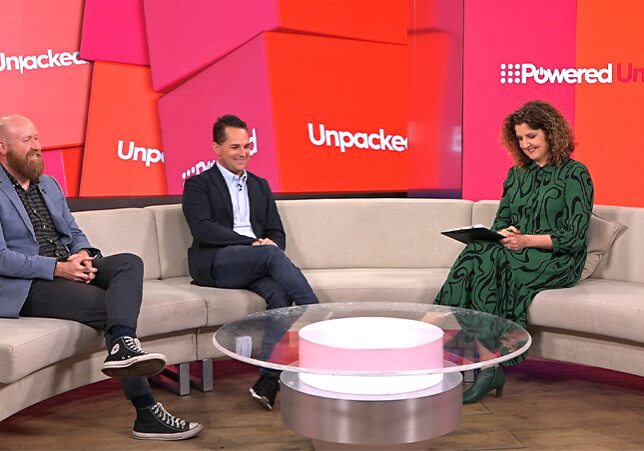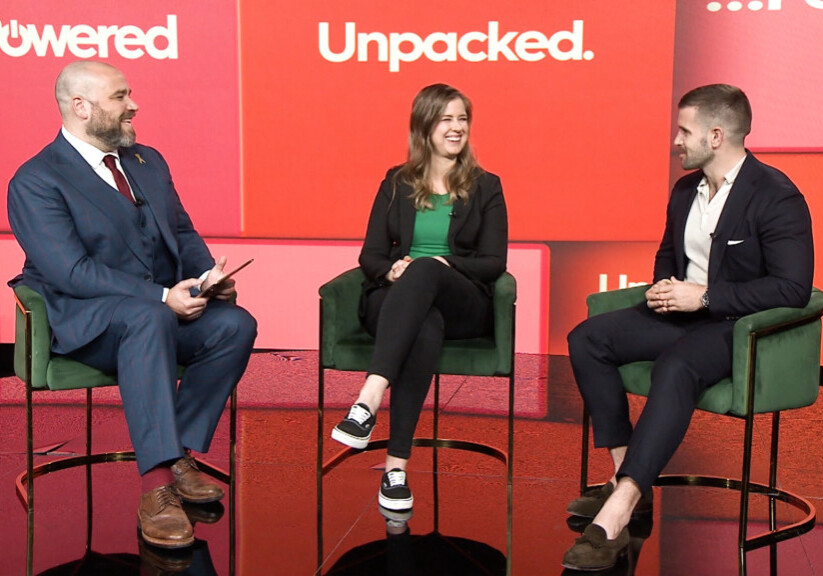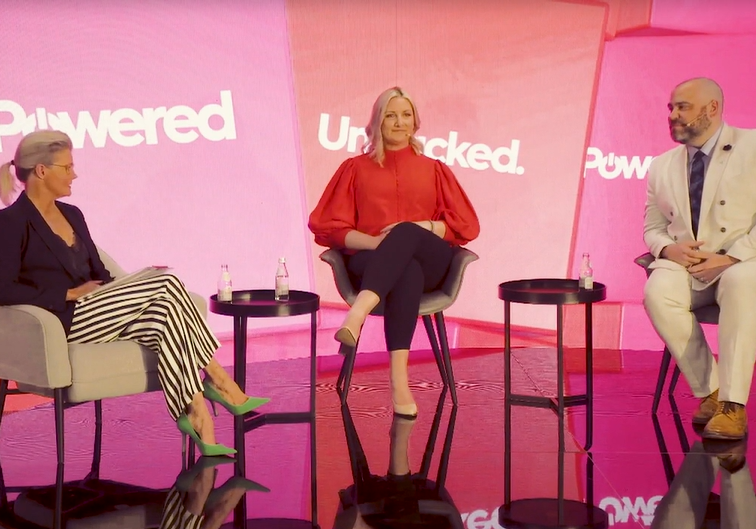Powered Unpacked
Menulog: the winning ad of Nine's State of Originality million

How to win audiences and a million dollars in media: Own your mistakes, solve them with creativity, move fast - and ask 'What would Wendell Sailor do?'
Vulnerability, wit and irreverence: Thinkerbell's Adam Ferrier and Nine’s Michele O’Neill unpack what makes a million dollar-winning ad after Menulog’s rapid readjustment won over State of Origin audiences – and the State of Originality judges.
The winning ad
How to win a million dollars in media? Shoot Wendell Sailor brushing his teeth. After a State of Origin campaign drew less than glowing feedback from some fans, Menulog quickly read the room – trusting Thinkerbell to deliver something fresher, fast.
Whilst the anthemic global ad was a hit with some fans, for others it lacked a clear cultural connection to a distinctly local event. But Menulog’s rapid response brought home the bacon – and the $1 million State of Originality media prize from Nine for best creative use of the platform.
The Katy Perry ad, aired on high repetition during Origin One, “received, er, mixed reviews”, per Thinkerbell’s Adam Ferrier. But the brand took the criticism on the chin and decided to do something about it before the second game in the series, 10 days later.
When in doubt, Wendell
The solution was to go back to basics and “re-instill Menulog’s brand proposition, which is around bringing unexpected moments of joy to people,” says Ferrier. How? Call in dual code legend Wendell Sailor – and hand him a toothbrush.
“We shot three ads with Wendell where he doesn’t do a whole lot. If we were accused of being a bit over the top in Game One, then we wanted to have a really restrained, creatively neutral ad for Game Two,” adds Ferrier.
“So in response to fans saying ‘What are you doing? [the Katy Perry ad] is completely over the top for State of Origin’, we put a State of Origin icon in the ad, showed him not doing too much, had a bit of irreverence and played that back to the audience – and they loved it.”
Menulog’s cheeky response to criticism was key to winning over fans, Ferrier suggests.
“It’s very rare these days for brands to lean into their foibles, dial it up and join in the conversation. Menulog was prepared to do that – and reaped the rewards in terms of changing consumer sentiment around almost immediately. It was great.”
Million-dollar question, answered
The rapid response was what set Menulog apart with State of Originality judges, according to Michele O’Neill, Director, Powered Enterprise.
“We were looking at strategy, emotion, craft – and originality was a really big part of it. Not all the work that showed up was particularly original. But one thing that galvanised the judges was its agility – and the fact that Menulog was listening,” says O’Neill. “Another CMO could have just ridden it out. But instead, they really seized the moment.”
In other words, from Powered by Nine's Director of Strategy & Insights, Toby Boon, “it was a diamond made under pressure”.
Thinkerbell’s Ferrier agrees, but both agency and brand were aligned on the need to engage – and there was no option other than to move fast.
“There were 10 days between State of Origin One and Two. So from concept to execution for the three ads was really, really quick. It couldn’t have happened if we weren’t on the same page.”
Own your mistakes, win
Ferrier, a consumer psychologist, credits Menulog for leaning into its fears and owning its mistakes. “People love it when brands do that, there’s a real authenticity – we knew we were on a sure footing because the psychology behind the campaign is something people respect.”
He thinks more brands would benefit from showing vulnerability. “It’s a massive opportunity for marketers,” says Ferrier, pointing to the gains made by KFC in the UK when restaurants ran out of chicken, flipping its brand to apologise via an ad reading “Fck, we’re sorry”.
“When brands lean into the mistakes they make, consumers love it – and it’s amazing it doesn’t happen more often.”
That approach requires a strong foundation of trust between brand and agency, which can only be built over time, according to Michele O’Neill, who spent the best part of three decades as a global planning and strategy lead in London and Paris before returning to Australia. But when brands and agencies trust each other to experiment – and occasionally fail – the longer-term results, and partnership, are stronger.
Ferrier says that approach also fosters greater creativity, in turn raising marketing’s standing within corporate hierarchies.
“Marketers used to be desperate to try and understand the language of the board and the CEO – thinking they had to speak a whole different language to get their attention. Whereas now, I think the board and the CEO are looking at the CMO thinking, ‘In my entire organisation, that’s the person who understands consumer and brand intangible value and creativity. That’s the person I want to get to know’,” suggests Ferrier.
“That person is starting to have much more influence within organisations – and so we’re seeing businesses becoming more brand-led and using the secret weapon of creativity to make stuff happen.”
Brands: plan ahead
Brands keen to creatively harness major cultural moments – should plan ahead, urges Michele O’Neill.
“I’d suggest for everyone that they start thinking earlier about how they bring big ideas to the table, because there’s this moment in time when everyone’s going to be watching – there were over three million this year across linear and BVOD,” she says.
“Those sort of moments in time galvanise people, they give them conversations for days afterwards, and everyone will be watching again next year.”
Click here to explore more from Menulog's winning ad
View more marketing insights from Powered By Nine
Contact us for more information on how your brand can leverage the power of Nine to deliver real business outcomes.






